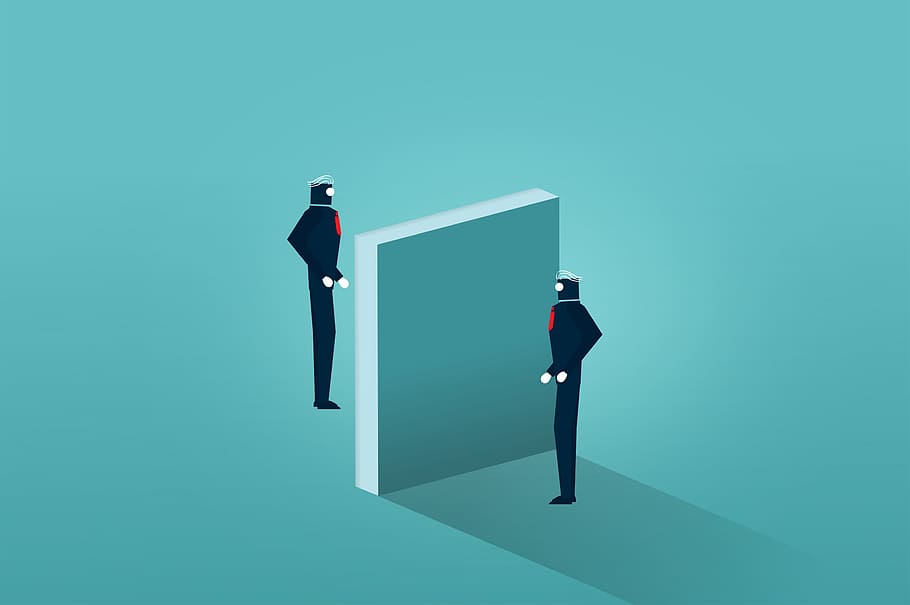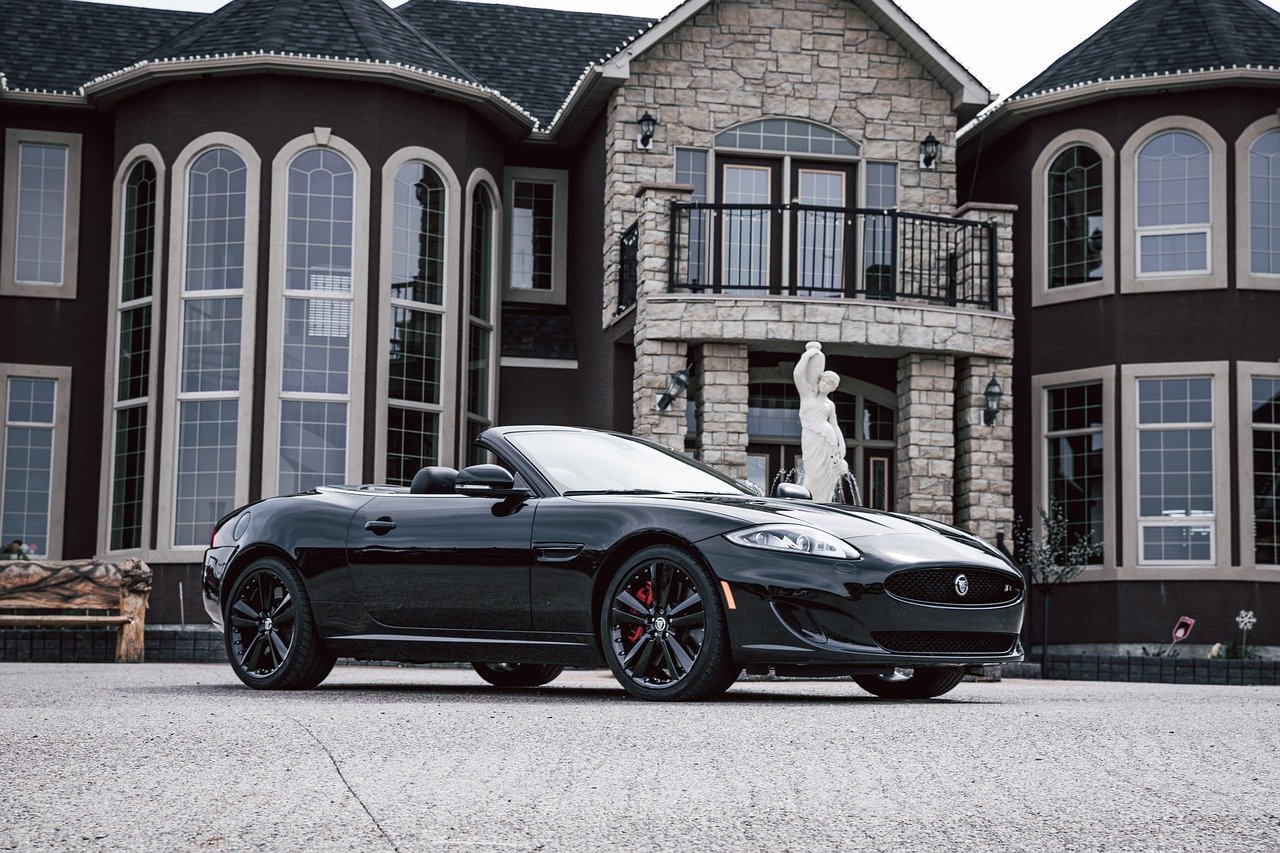THEY DRESS LIKE HOBOES BUT SPEND LIKE MILLIONAIRES. MEET THE POORGEOISIE
When thousands of angry protesters stormed April’s G-20 summit in London, vandalizing the headquarters of the Royal Bank of Scotland and decrying the unfairness of capitalism, they took up the angry chant “No more money!” This palpable populist rage is understandable—the gears of the global economy have ground to a halt; no one has any disposable income; at home, conspicuous consumption is an offense punishable by stoning, or at least a stern reprimand from Congress.
One problem, though: Those things aren’t entirely true. Despite the downturn, a moneyed class of people are still buying luxury goods—and they’re doing it by the mini Cooper–load. While Wall Street’s hedge-funders have become whipping boys, those who have mastered the art of inconspicuous consumption are living as large as ever. But they’re not easy to spot, resembling, as they do, Trotskyite grad students—a look that doesn’t come cheap: $300 Acne jeans, $175 hand-stitched guayabera shirt, $150 mussed haircut with beard trim (not too short, please). This brand of consumerism escapes condemnation—it’s okay to be a capitalist pig as long as you’re the sort who roots around in your organic garden for truffles.
As their ranks have swollen, these small-batch big spenders and upscale, down-market aesthetes have come to constitute a scruffy-yet-well-off social stratum best described as the poorgeoisie. And while their sure-but-stealthy ascendance has neatly coincided with the fall of the ruling asshole class, the poorgeois habit of disguising old-fashioned “Ooh I want that” retail therapy in artfully rumpled, stick-it-to-the-Man clothes is as conventional as the Man himself.
“If people find the culture loathsome, they solve the problem by just buying different stuff. Even in the sixties, products were sold as a way of dealing with the anomie of consumer society—things like Volkswagens that were seen as nonconformist,” says Thomas Frank, who’s written about alternative marketing in The Conquest of Cool and about modern conservatism in The Wrecking Crew. “There will always be consumerism as a form of rebellion against consumerism.”
Loosely translated: Just because the cultural moment is dominated by bloodlust for the heads of AIG executives doesn’t mean public sentiment has turned against the accumulation of material possessions—it’s just that the material in question is likely to be double-brushed flannel. And that’s the advantage guys who look like Devendra Banhart have over guys who look like Patrick Bateman: The poorgeois are in cultural camouflage, blending in perfectly with a landscape full of genuine privation. The fact that their accoutrements may cost more than many suits is their secret pride.
Frank Castronovo and Frank Falcinelli both wear black shirts and jeans—as well as brown beards—and carry BlackBerry Bolds. They opened Frankies 457 Spuntino, their first down-home, rustic Italian restaurant, in Brooklyn in 2004; five years and three outposts later, they are surveying what will soon be the kitchen of their newest eatery. Dishing out locally raised, grass-fed pork brasciole and hand-rolled spaetzle is their business, and business is good.
“People are against flash and gaudiness, not luxury,” Falcinelli, who refers to his clientele as “appreciatives,” says from under a fedora. As Castronovo puts it, “Our customers generally are more artistlike—they’re still doing what they do. The people crying the blues over lost money never deserved to have it to begin with.”
Yet for the poorgeoisie, every cushy expenditure is justified. According to Jennifer O’Brien, a luxury-branding consultant who’s worked with Gucci and Donna Karan, among others, some high-end companies have successfully tailored their products to the shifting times and tastes (e.g., De Beers’ “Fewer, better things” campaign). “A product needs to have a story that intrigues people about how it was made or what’s gone into it,” she says. And that’s particularly true for the under-the-radar rich, who tend to practice what Thomas Frank calls “virtuous consumption” of pricey handmade clothes and locally farmed foods. “This shadow class of wealthy aren’t working in silly jobs downtown,” O’Brien says. “Bankers are the most visible and homogenous, so it’s easy to lump them together, but these other guys have been there spending too.” And though $250 designer-casual dinners will never be confused with expense-account binges at Per Se, the arguments that underpin the poorgeois lifestyle in Brooklyn, in Silver Lake, in Portland, are almost indistinguishable from the justifications of an I-banker who drives a Maserati and wears a bespoke suit: that quality, craftsmanship, and rareness are worth paying top dollar for.
Falcinelli describes the sensibility currently in vogue—and certainly on display in his restaurants—as a throwback to pre-industrial times, when regular folks actually knew how to make things with their hands. “People are always like, ‘What’s the dope shit right now?'” he says. “Well, the dope shit now is 120 years ago.” So cure your own boar prosciutto. Grow a beard. Go back to the land behind your remodeled seven-figure townhouse.
The retro aesthetic carries over to hooch, which would seem as recessionproof as any consumable. Good-bye, $300 worth of bottle-service vodka in the back corner of a velvet-rope warehouse; hello, $300 worth of single-malt-and-Chartreuse Depression-era cocktails mixed by a mustachioed dude wearing an arm garter. “Sure, there can be a certain level of snobbery,” says Alex Day, who has opened a string of thriving high-end speakeasylike lounges around the country, including Death & Co. in New York. “The bankers who come here never identify themselves as bankers—they don’t like to talk about it.”
So take heed, deposed hedgies aching to splurge with what’s left of your severances: Let that layoff beard get as tangled and bushy as you want—Jenulence makes a nifty hazelnut-and-cedarwood-infused conditioner for a mere $28—then spend away. It’s okay: You’re part of the poorgeoisie—no one will say a word.






